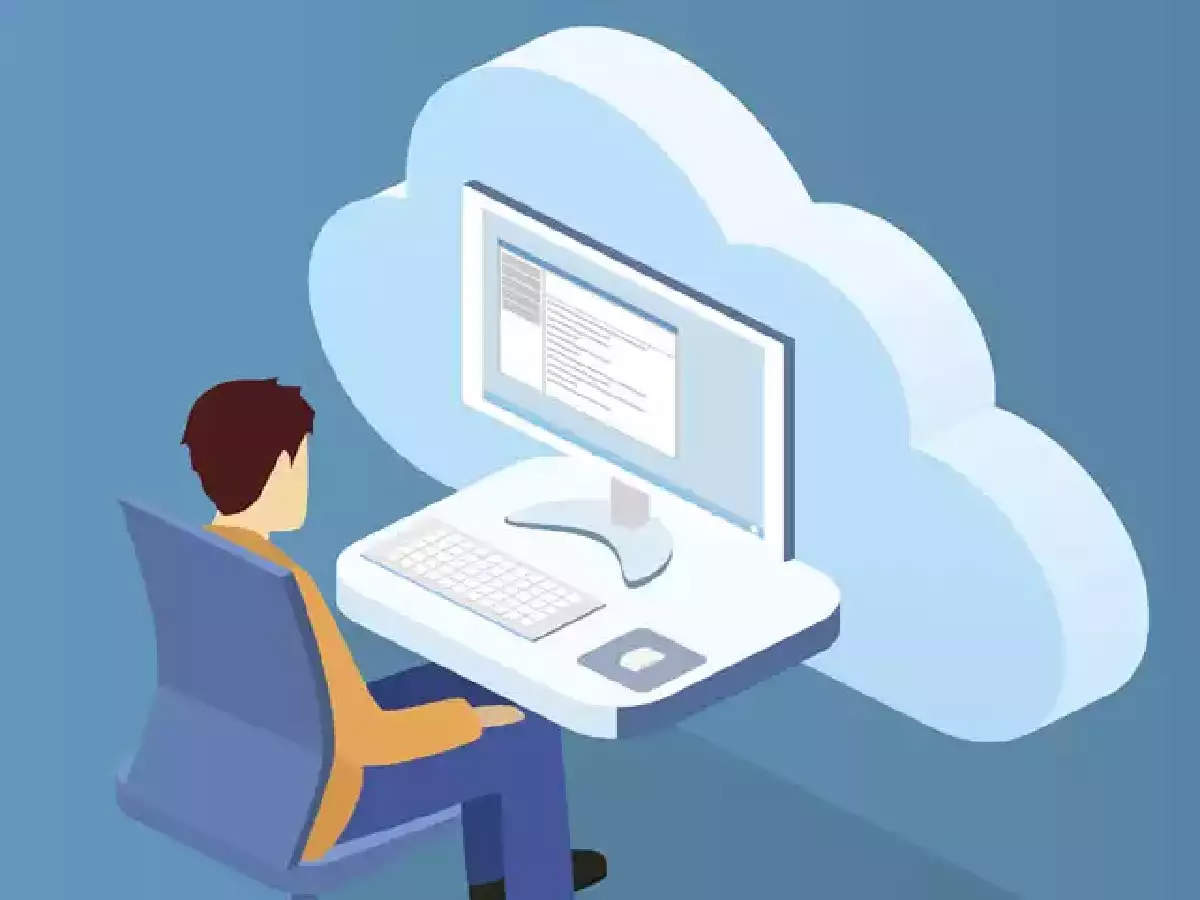The top 150 companies contribute nearly 70% of India’s software industry revenue, according to industry lobby National Association of Software and Services Companies (Nasscom). These companies, with turnover of more than Rs 400 crore a year, pay much more than the flat corporate tax rate of 25%, it said.
“The government needs to look at (the issue) and extend the SEZ benefits for another 20 years, otherwise the taxation is just too high and it is not sustainable,” Prateek Aggarwal, chief financial officer of the country’s third largest software services firm HCL Technologies, told ET.
Other countries levy low taxes, specifically for the technology sector, and India will “lose out”, he added.
“The government needs to give a clear roadmap for both the corporate tax rate reduction as well as the SEZ policy extension since the industry needs clarity for their future investments,” Ashish Aggarwal, head, public advocacy at Nasscom told ET.
Under the policy, companies get full income tax benefit on income from exports for SEZ units in the first five years, 50% for the next five years and 50% of the ploughed back export profit for the next five. The benefits are set to end in March next year.
The industry also wants Indian taxation policy to be globally competitive, he added.
India’s software exports industry grew on the back of tax incentives that helped companies invest and build their business to create a $180 billion industry, according to data from Nasscom.
India and China are the only emerging economies in the top 10 services exporting nations and the country’s share of services exports in its total exports basket is significantly more than China’s, according to Nasscom.
India needs to keep supporting its industry since China offers tax incentives of 15% to companies in its specified zones, it said.
Similarly, South Africa offers a 15% tax rate while Indonesia, Mexico and South Korea offer reduction in tax rates of up to 100% to companies in special zones.
The effective tax rate for a company in the 30% tax bracket is 34.94%, including surcharge and health and education cess. If it gives a dividend to shareholders out of its profits, the effective tax would be 20.6%, though the rate is 15%, said Nasscom.
With the addition of dividend distribution tax and buyback tax, the tax liability could be anywhere between 45% and 50%, Aggarwal said.
V Balakrishnan, former CFO of Infosys, said that companies were prepared for the SEZ policy’s sunset clause and investors understand that the tax rates would increase.
“The issue is, with margins coming down, the buyback tax is a concern. The IT industry is maturing and for the industry, the most efficient way to improve its EPS and reduce share count was the share buyback,” he added.
Other industry players also argue for continuation of benefits.
“It is essential for the government to continue with the SEZ benefits. The growth of the IT industry has been possible due to the incentives. Lots of countries give incentives for employment generation including China, Malaysia and a few US states. We should continue with the SEZ benefits,” said Srikar Reddy, CEO and MD of Sonata Software, a Bengaluru-based mid-size IT services firm.
The IT industry equals 6.6% of the country’s GDP, directly employs over 4.1 million people and earns in excess of $130 billion in foreign exchange with $180 billion in overall revenue. It will play a crucial role while realizing the government’s dream of a $5 trillion economy.
“The government needs to support IT-BPM industry’s success,” Aggarwal said.

